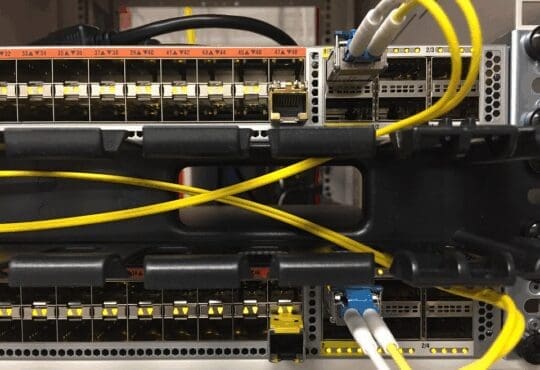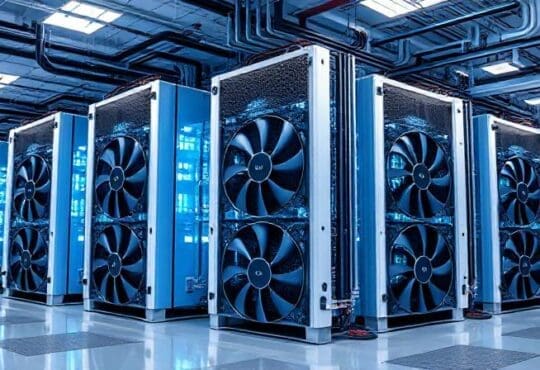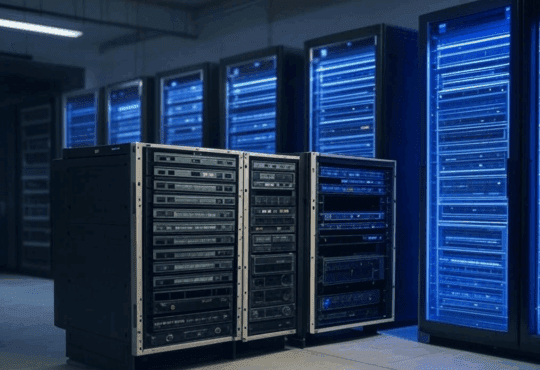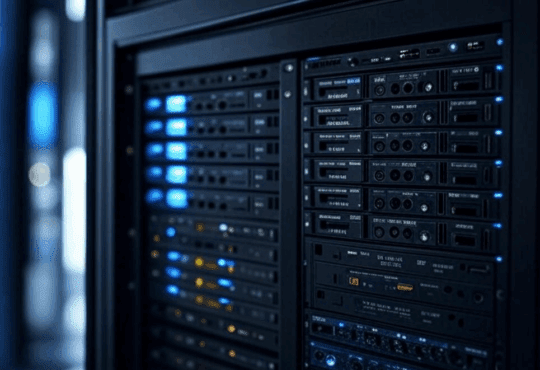Contents
I’ve spent years working with virtualization and infrastructure platforms, and one thing keeps tripping people up: the term “edge computing.” Too many platforms slap on the edge label without delivering the core value / requirements of true “Edge”, and it’s frustrating. So today I am cutting through the noise and explaining what edge computing really is, why it matters, and how to avoid falling for overhyped, cloud-in-disguise systems.
What Edge Computing Actually Means
At its core, edge computing is about processing data right where it’s created like a factory floor or a remote data center. Instead of shipping every byte to a distant cloud, you handle the heavy lifting locally. This slashes latency, saves bandwidth, and keeps things running even if the network’s spotty. Picture a manufacturing plant where sensors analyze data on-site to predict equipment failures. That’s edge computing in action.
Compare that to traditional cloud setups, where data has to make a round trip to some far-off server. A lot of platforms marketed as “edge” are just cloud systems with a fancy name. They still lean on centralized servers, which defeats the whole point. True edge is about keeping things local and independent.
Why Edge Computing Is a Game-Changer
Edge computing isn’t just a buzzword; it’s a strategic shift for infrastructure. For starters, it delivers the kind of low-latency processing that modern workloads demand. Take AI inference in autonomous systems—those split-second decisions can’t wait for a cloud response. Edge makes it happen instantly.
It also cuts down on network congestion. By sorting data locally and only sending what’s necessary to the cloud, you save bandwidth and keep costs in check. Plus, edge systems can keep running without constant cloud access, which is a lifesaver in remote or unstable environments. And let’s not forget compliance—keeping sensitive data local helps meet strict regulations in industries like finance or healthcare.
These advantages make edge a must-have for anyone building out IoT, AI, or real-time analytics in a virtualized setup.
The Mislabeling Mess
Here’s where things get messy. I’ve seen plenty of vendors hype their platforms as edge-ready when they’re anything but. Take some IoT systems—they claim to process data locally, but dig deeper, and you’ll find they’re routing everything through a remote hub. That’s not edge; that’s just cloud with extra steps.
Why does this happen? Marketing, mostly. “Edge” sounds sexy, and it pulls in customers and investors. Building real edge infrastructure is tough—it takes specialized hardware and software optimized for local processing. So, some companies take the easy road, tweaking their cloud systems and calling it edge. The lack of clear industry standards doesn’t help, letting vendors get away with vague claims.

How to Spot the Real Deal
Figuring out if a platform is truly edge isn’t always straightforward, but there are ways to tell. First, check where the data’s actually processed. If it’s happening on-device or in a nearby node, you’re on the right track. If it’s ping-ponging to a distant server, walk away.
Next, test the latency. Real edge delivers near-instant results—any noticeable delay is a red flag. You should also ask whether the system can function without a constant cloud connection. If it’s tethered to the cloud, it’s not pure edge. Finally, get into the weeds of the architecture. Look at the technical docs to make sure the processing is distributed and not just a cloud workaround.
Real Edge in Action
When edge is done right, the results speak for themselves. I’ve seen industrial setups where edge nodes process sensor data right on the factory floor, catching equipment issues before they cause downtime. In telecom, edge servers cache content close to users, making 5G applications lightning-fast. Even smart grids use edge to balance energy loads in real time, keeping the system stable. These are the kinds of wins you get with genuine edge computing.
What Happens When You Get It Wrong
Pick a mislabeled platform, and you’re asking for trouble. Latency creeps in, slowing down critical workloads and frustrating everyone involved. You’ll likely end up spending more on network and compute resources to compensate. Worse, if data’s not staying local, you’re opening the door to security risks, especially in regulated industries. It’s a headache you don’t need.
Picking the Right Edge Platform
So, how do you avoid the traps? Start by figuring out what you need—low latency, offline capabilities, or something else. Then, don’t just take a vendor’s word for it. Run a pilot to see how the platform performs in your environment, checking latency and how it plays with your existing virtualization setup. If you can, bring in an architect or consultant to poke holes in the vendor’s claims. And make sure the platform works with your current tools—whether that’s VMware, Kubernetes, or OpenStack—because integration headaches are the last thing you want.
Where Edge Is Headed
Edge computing’s only going to get bigger. With IoT devices multiplying and 5G rolling out, the need for distributed processing is exploding. Think smart cities or autonomous systems—those can’t function without edge. But there are hurdles. Edge hardware, like ruggedized servers, isn’t cheap, and smaller companies often struggle with the upfront costs. Finding people who know how to manage these systems is another challenge, and integrating edge with older infrastructure can be a nightmare.
The industry needs to get its act together with clear standards to stop the mislabeling nonsense. Until that happens, it’s on us to stay sharp and ask the right questions.
Why Edge Isn’t Going Anywhere
Edge computing isn’t some passing fad. It solves real problems—latency, scalability, resilience—that aren’t going away. As data keeps piling up, cloud-only setups are buckling under the pressure, and edge takes the strain off. It’s also a win for sustainability, cutting down on energy use by keeping data travel to a minimum. For anyone running a virtualized environment, edge is a chance to stay ahead of the curve.
Final Thoughts
Edge computing is changing the game for virtualization, delivering the speed and resilience modern infrastructures need. But the hype’s gotten out of hand, and too many platforms are riding the edge wave without backing it up. By focusing on local processing, testing thoroughly, and picking solutions that align with your goals, you can tap into edge’s full potential. The future’s distributed, and edge is leading the way, just make sure you’re betting on the real thing.







